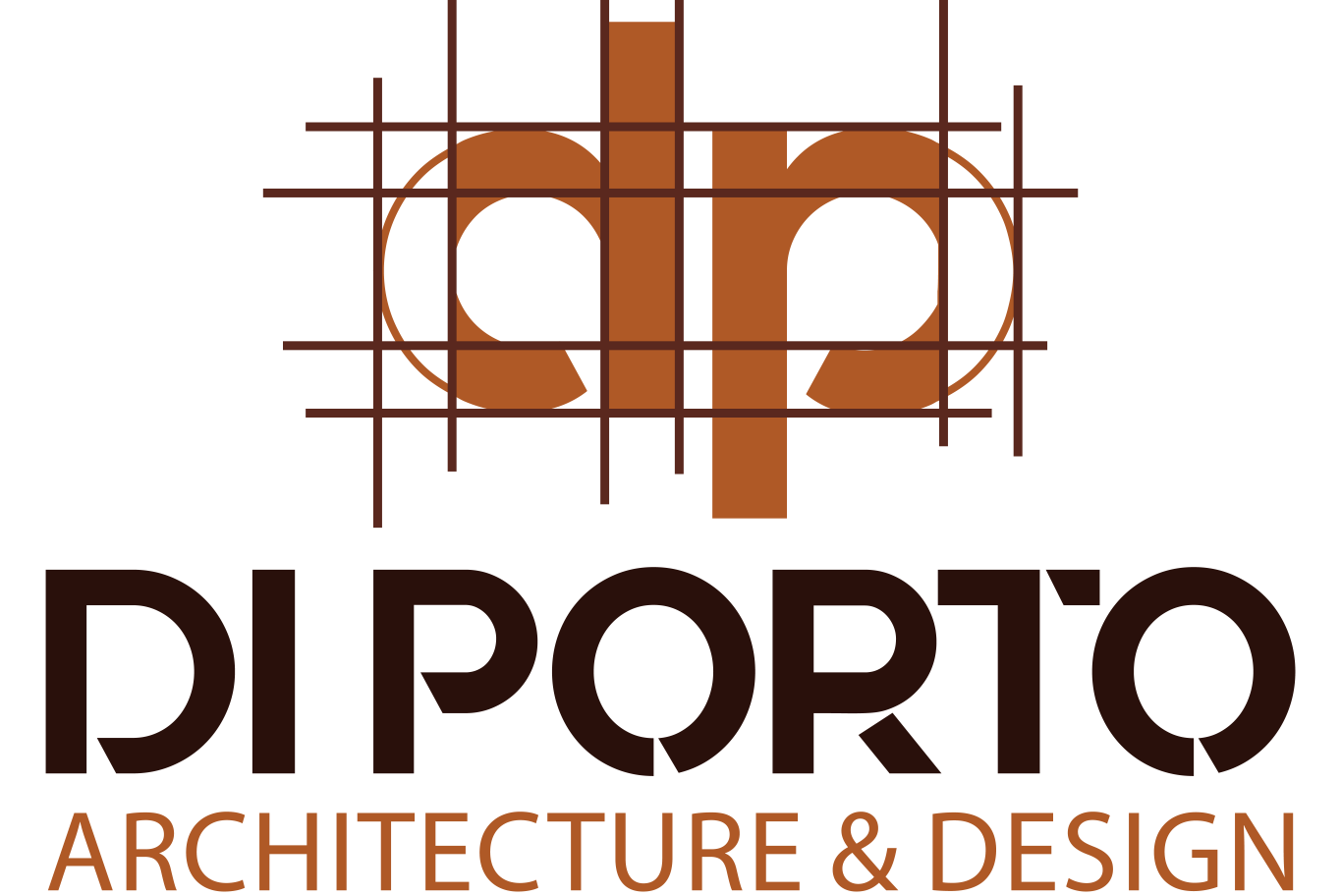Content
This helps determine the amount of overhead allocated to each asset and distribute it fairly between the company’s jobs. Chapter 17 introduced product costing, the schedule of cost of goods manufactured, and the basic cost flow of a manufacturer. In that preliminary presentation, most cost data (e.g., ending work in process inventory, etc.) were “given.” Chapter 18 showed how cost data are used in making important business decisions. How does one determine the cost data for products and services that are the end result of productive processes? Manufacturers allocate a separate job number to all the orders received from the customers. It will be the identity of the job until the completion of the production process.
How do you calculate job cost?
Using the formula Total job cost = Direct materials + direct labor + applied overhead, Jared adds $400 + $660 + $366.74 to arrive at a total job cost of $1,426.74.
The costing department receives a job completion report after completing the job. Project-based timekeeping platforms make it really convenient for employees and employers to track progress. Whenever work is done on a particular project, employees simply log their hours and record any materials used.
Objectives/Advantages of Job Costing
Each job requires special attention and skill for completion. About the Author – Dr Geoffrey Mbuva(PhD-Finance) is a lecturer of Finance and Accountancy at Kenyatta University, Kenya. He is an enthusiast of teaching and making accounting & research tutorials for his readers. In other words, production activity is kindled or initiated when there is a new order. That is, until there is need by a client arising to be served buy the concerned firm, then no production can take place. Job costing is more fitting for firms with a focus in serving the different clients which fall within their service provision objectives.
Construction companies and home builders would naturally gravitate to a job costing approach. Materials and labor can be readily traced to each job, and the cost assignment logically https://www.bookstime.com/articles/job-costing follows. To record all the direct and indirect costs incurred in the completion of each job, the costing department should prepare a job cost card or job cost sheet.
Tracking Material
The estimated costs act like guidelines for the personnel involved with the job in different ways. Once the direct and indirect costs are calculated, they’re added together and submitted to the client to give a quote for the job. If the customer is satisfied with the quote they can place the order and the production can begin. During the manufacturing process, each job is assigned a unique production number and will be identified by this number until the job is completed.
- The foreman receives a copy of the BOM along with the production order.
- (iv) Overheads are accumulated with the use of standing order numbers or cost accounts numbers relevant to each overhead.
- The estimated cost of the job is then communicated to the prospective customer.
- From the total of $825,000, the accountant deducts the cost of raw material used in work in progress A $720,000.
- In other words, the cost for this job is assigned based on the costs incurred in the past while doing a similar job.
Since every cost incurred in this job can be tracked, it is easy to find out where the mistake or excessive consumption has occurred so that it can be rectified. Jack decided to apply overhead based on direct labor hours; this is a common choice, but not the only choice. Some other systematic and rational approach could have been developed. Ordinarily, one would try to establish some correlation between the application base and overall cost incurrence.
Video: What Is Job Costing?
If there are many jobs currently in progress, there is a strong chance that costs will be incorrectly assigned, but the very nature of the job costing system makes it highly auditable. This type of costing is useful for the firms producing not identical products. Manufacturing firms use this method to control use of raw material, equipment and working hours and they will allocate the costs accordingly. The first step is to calculate direct labor costs, including wages, salaries, and benefits paid to employees working directly on the project. Direct material cost refers to the cost of raw materials or components specifically used to manufacture a particular product or complete a specific project. It includes the cost of all the materials required to manufacture the product, such as raw materials, components, and subassemblies.

The output of the former process becomes the input of the latter process, and at the end, the output of the last process is the final product. The individual process account is prepared for each process. In other words, the former is used to calculate the cost of jobs or contracts which are distinct in nature, while the latter used to compute the cost charged to each process. So, here in this article excerpt, we present all the differences between Job Costing and Process Costing, in a tabular form. When an order has been accepted, an individual work order number must be assigned to each such Job so that separate orders are capable of being identified at all stages of production.
Production Order
This is the software specially designed for the cost estimation of multiple jobs at the manufacturing unit. It is maintained as per the allotted job number specifying relevant costs and elements. Since the orders are based on customer requirements, there are no standard production units.
- A subsequent clerical task will be to identify the cost of the particular parts that were put into production.
- Since the orders are based on customer requirements, there are no standard production units.
- Job order costing helps companies see how much they’re using their fixed assets, such as manufacturing equipment.
- The contract costing method of ascertaining cost for a contract.
- Otherwise, it can be extremely difficult for the cost accountant to explain why overhead cost allocations vary from one month to the next.
- The manufacturer is in a position to separate one job from the other and avoid overlaps in production which may result to resource wastage.
- (iii) Direct expenses are accumulated on the basis of relevant expense vouchers.
- The direct labor hour cost is calculated to estimate unit-level costs for a specific project or an order.
Sunk cost are costs which have already occurred and they are never suitable for decision making in the future. The profitability margin for each job is determined by the total cost of the inputs consumed by that particular job. So, each job has its own costing and setting of the profits thereof. To reduce the complexity and ease the clerical work, manufacturers use Job Costing System.
Cost allocation necessarily involves some degree of arbitrary methodology; this is neither bad nor good, it is just reality. In some ways, costing is more of an “art” than “science,” despite its outward appearance of mathematical precision. To avoid delays in distributing overheads on an actual cost basis, overheads are generally charged at predetermined rates (i.e., the rates worked out based on the previous period’s figures).
Job cost sheets are prepared using this costing system. Comparing the cost per unit with the selling price gives you a clear understanding of the job’s profitability. If the cost per unit is higher than the selling price, the job may not be profitable, and adjustments must be made to pricing and resource allocation.

Lascia un commento